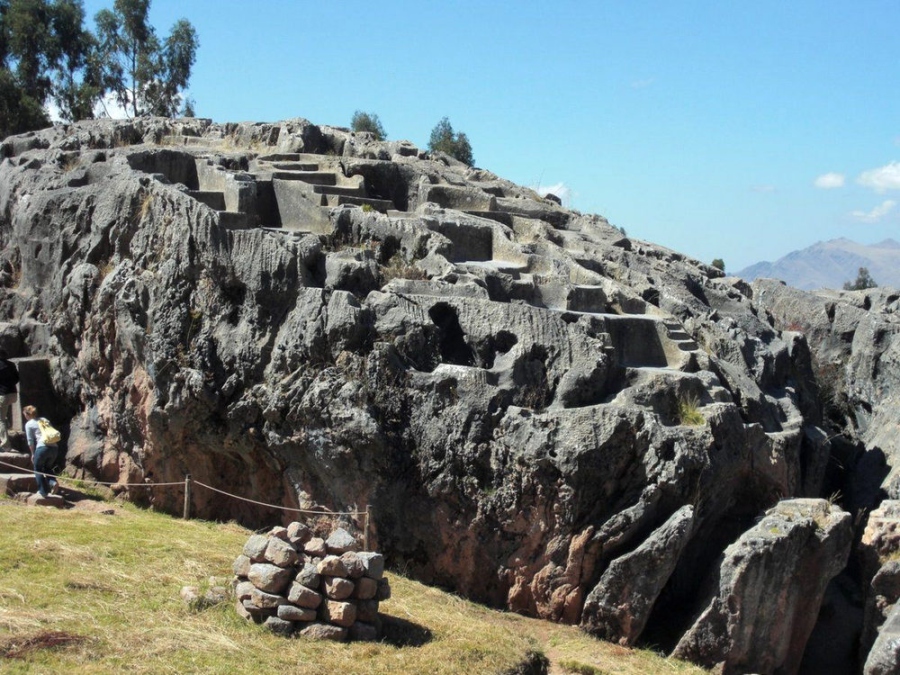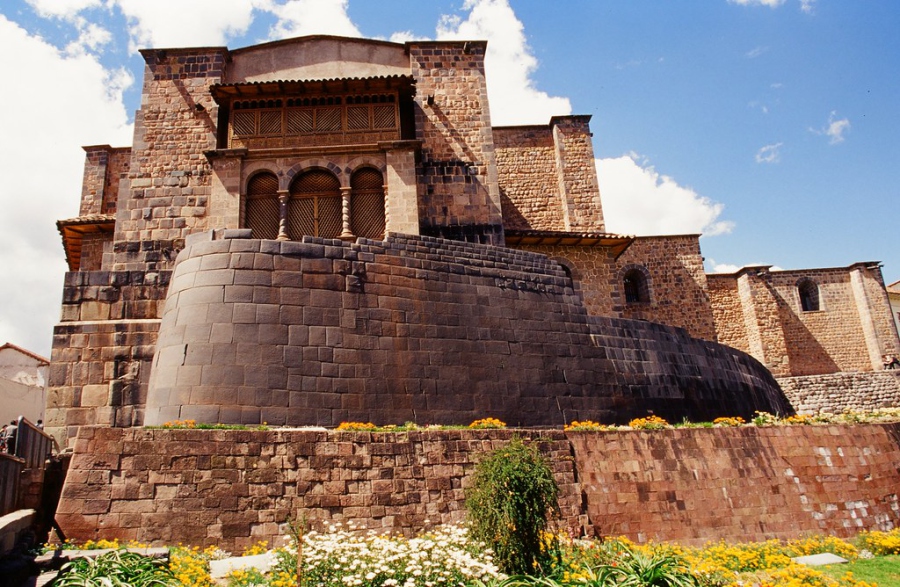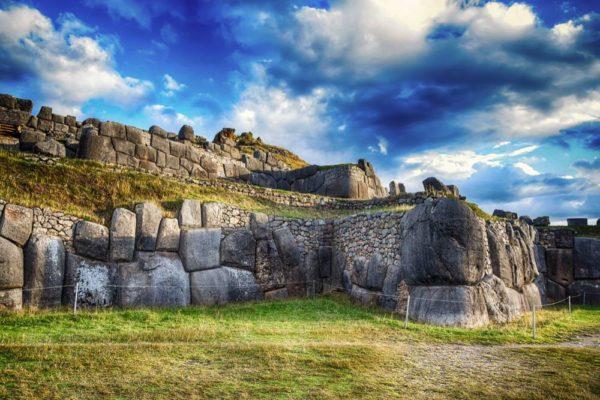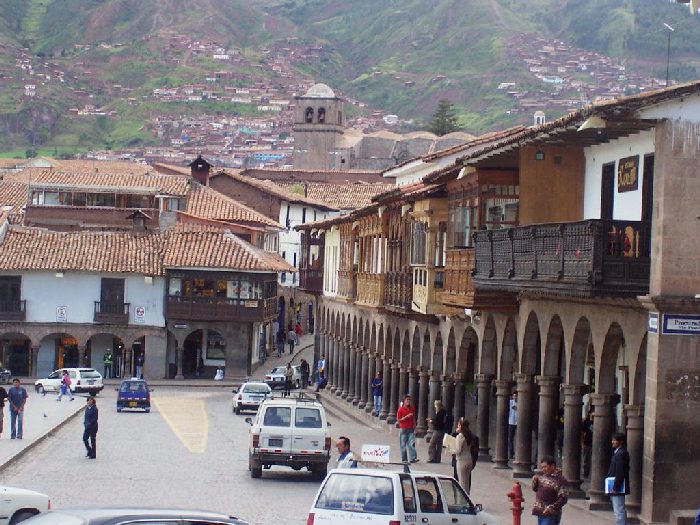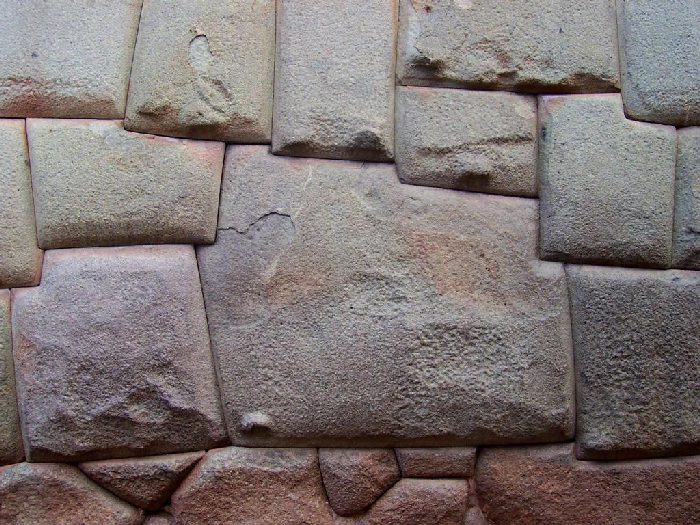PRICE:
$10 per person in a group.
Private Service $120 for groups of 1 to 8 people.
The Cusco City Tour is an unparalleled cultural experience, allowing you to learn about the grandeur of the Inca Empire and its subsequent colonial splendor. Within the city, you’ll visit the Cusco Cathedral, a religious monument of great historical importance, home to the Last Supper with the presence of a guinea pig as its centerpiece. You’ll also visit Qorikancha, the most important temple of the Inca civilization, which housed gold and silver sculptures in the form of their deities.
The Cusco City Tour also includes four archaeological sites rich in history and picturesque settings, located just 15 minutes outside of downtown Cusco. Sacsayhuaman is characterized by its bastions and its impressive views of the city; Q’enqo was a temple built for the mummification ritual; Pukapukara, a checkpoint and surveillance post; and finally, we find the ceremonial fountains of Tambomachay.
Qorikancha:
Qorikancha, known as the Temple of the Sun, was the most important shrine of the Inca culture. The term Qorikancha comes from two Quechua words: Qori means gold and Kancha, stone enclosure or wall. According to the chronicles of the first Hispanics to arrive in Cusco, they describe its “stone walls covered in gold.”
Within the walls of Qorikancha were finely crafted sculptures made of gold, silver, and other precious alloys. These sculptures belonged to the gods of all the nations allied to the Inca Empire.
Currently, Qorikancha houses a colonial convent built by the Dominican Order.
Sacsayhuaman:
Sacsayhuaman is located northeast of Cusco, at an altitude of 3,632 meters above sea level. It is considered the city’s architectural symbol, with cyclopean walls built with gigantic stones weighing approximately 80 to 120 tons each. These stones were brought from more than 23 kilometers away, crossing rugged terrain, using engineering techniques that were still unknown.
Sacsayhuaman was a temple erected in honor of the god Illapa, or the god of lightning, thunder, or lightning, in the Inca pantheon. Above this temple is an impressive viewpoint with the best panoramic view of the city.
Q’enqo:
Q’enqo is a rock formation, created by the melting of the last ice age, which dissolved some of the minerals in the rock, creating a natural cavern. Skilled Inca architects adapted the site into a space for the mummification ceremony. Inside the Q’enqo cave, the Incas took advantage of the cold, lower than room temperature, to preserve the corpse while the mummification ritual took place.
Pukapukara:
Pukapukara is a pre-Hispanic construction featuring a prominent tower, surrounded by terraces and fortress-like walls, which is why it is believed to have been a military watchtower. The name Pukapukara comes from two roots: “puka” is a Quechua term meaning “red”; while “pukara,” a loanword from Aymara (a language still spoken in the highlands of Peru and Bolivia), means observatory or lookout. These pukaras were distributed throughout the Inca empire, built on the highest mountains to send and receive messages. Through the reflection of bronze mirrors, they could quickly communicate one city with another, a sophisticated innovation for the time.
Tambomachay:
Tambomachay was an Inca temple, a place of rest, with water fountains carved in stone, with channels through which the vital liquid still flows. At the Tambomachay fountains, the way the channels and fountains are divided is striking, referencing the concept of the Inca trilogy: the future, the present, and the past (or the condor, the puma, and the serpent). The purification ritual and the ceremony of balance between the dry and rainy seasons, very important for agriculture and the sustenance of Andean society, were performed in this temple.
INCLUDES:
Private tourist transportation at your disposal.
Professional driver.
Professional guide.
DOES NOT INCLUDE:
Cusco Tourist Ticket (BTC) – Circuit I (PARTIAL TICKET).
Food.
Tips.
RECOMMENDATIONS TO BRING:
Identification document or passport.
Light clothing and windbreaker.
Plastic rain poncho.
Sunglasses.
Extra money for snacks or souvenirs.
Sunscreen.
A hat or cap to protect yourself from the sun.
Lightweight shoes.


